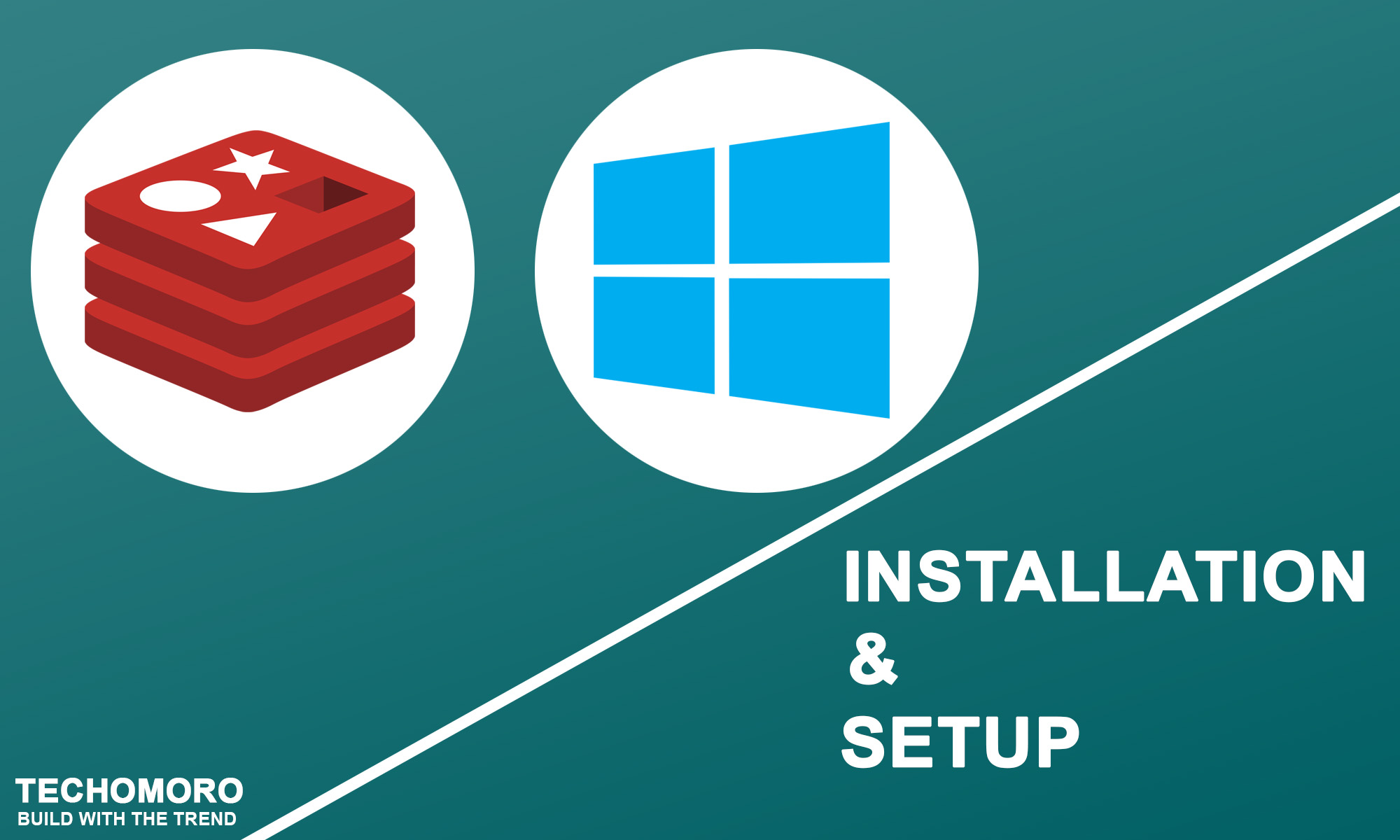

Just add the following to ~/.zshrc: alias mongod-start = "brew services run mongodb-community" alias mongod-status = "brew services list" alias mongod-stop = "brew services stop mongodb-community" To make your life easier, you can also create aliases for managing MongoDB service. If you want to restart the service, use the following command: $ brew services restart mongodb-community You can stop the service anytime by typing: $ brew services stop mongodb-community Redis started forestudio /Users/forestudio/Library/LaunchAgents/ Mongodb-community started forestudio /Users/forestudio/Library/LaunchAgents/ The above command will output something like below: Name Status User Plist To check the current status of the MongoDB service, issue the following command: $ brew services list If you do not want to run MongoDB all the time, use the run command instead. The start command will configure MongoDB to automatically start when you log into your Macbook. Note: You can also use the run command instead of start. Here's what you will see on the terminal: = > Successfully started `mongodb-community ` (label: -community ) The above command will start MongoDB as a background service. To start the MongoDB service, you use the following command: $ brew services start mongodb-community To manage MongoDB on your macOS computer, you can use the brew services command.įirst of all, install brew services by tapping homebrew/services: $ brew tap homebrew/services MongoDB is now installed on your macOS computer.

Next, tap the MongoDB formulae into Homebrew: $ brew tap mongodb/brewįinally, execute the following command to install the MongoDB community edition: $ brew install mongodb-community
#MACOS INSTALL REDIS UPDATE#
Now update Homebrew to the latest version: $ brew update If Homebrew is not already installed, execute the following command first: $ ruby -e " $( curl -fsSL )" You can install the MongoDB community edition with Homebrew. $ sudo chown -R ` id -un ` /System/Volumes/Data/data/db macOS Catalina runs in a read-only system volume, separate from other files on the system.Īpple created a secondary volume on Catalina that you need to use for storing MongoDB data folder: $ sudo mkdir -p /System/Volumes/Data/data/db If you are on macOS Catalina or Big Sur (or any future release), you can not use the root folder for this purpose. Creating Data Folderīefore you install and use MongoDB, you need to create a data/db folder on your computer for storing MongoDB data.īefore macOS Catalina, you can create this folder in the user's root directory with the following command: $ sudo mkdir -p /data/db Today, you'll learn to install the MongoDB community edition on macOS Catalina and higher.

#MACOS INSTALL REDIS HOW TO#
In an earlier article, I wrote about how to install the MongoDB community edition on Ubuntu operating system.


 0 kommentar(er)
0 kommentar(er)
